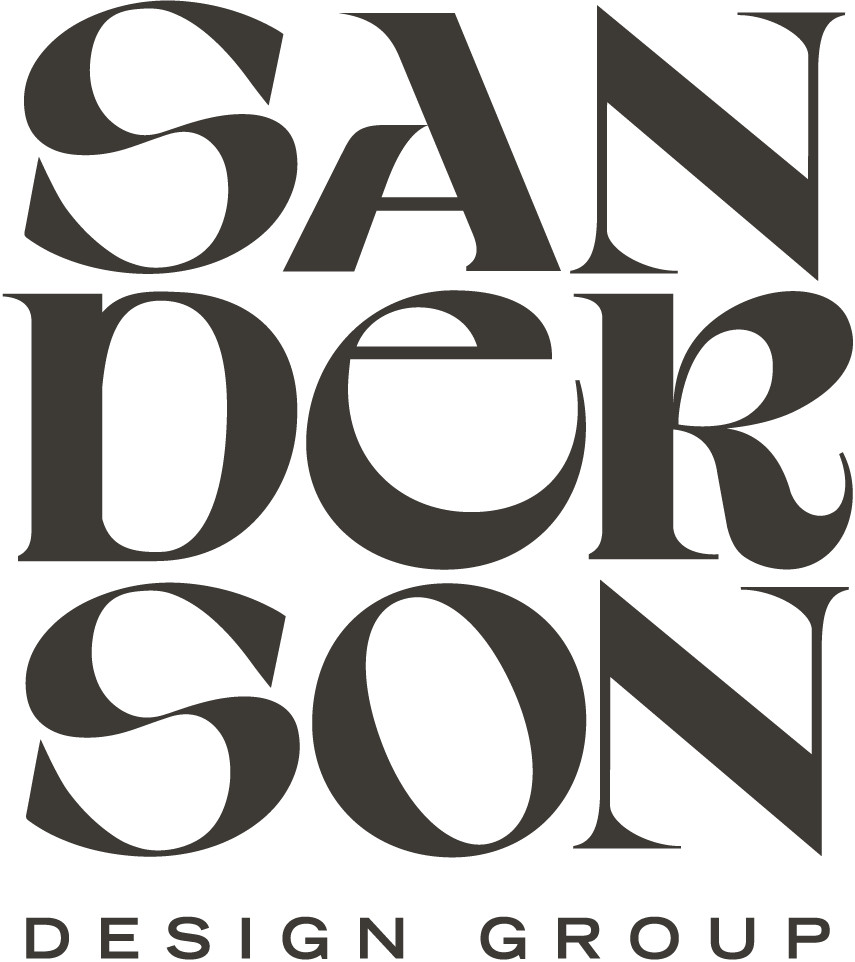Accessibility
Sanderson Design Group PLC recognises the importance of providing a website that is accessible to all user groups, including the disabled, the visually impaired and those with motor deficiencies and cognitive disabilities.
This statement explains the accessibility features we have implemented to help you use our website. They help to improve navigation for screen readers, keyboard navigation and text-only browsers among other things.
GENERAL INFORMATION
Sanderson Design Group PLC has designed this site with accessibility in mind. Some of the general features include:
The use of clear, simple language which is easy to understand
The use of common web conventions
Avoiding the use of blinking or flickering elements
The use of validated HTML and Cascading Style Sheets (CSS)
STANDARDS COMPLIANCE
We have striven to ensure our website conforms to a Level A Conformance, satisfying all Priority 1 checkpoints as specified by the Web Content Accessibility Guidelines (WCAG).
We use a number of tools to perform automated accessibility tests, but this is just one aspect of our testing procedure. Being automated, these tools are not as reliable as reliable as expert evaluation. Pages are also tested in a variety of screen reading applications.
BACKGROUND, TEXT AND COLOUR
Colours
Our site is usable by anyone with colour deficient vision. We’ve checked the site’s font and background colour to ensure there are no combinations against the different colour blindness conditions and ensured that all information is still clear.
We’ve designed all pages on our website so that all information that is conveyed with colour is also available without colour.
Font and text size
While we’ve used clear, legible font for all text and headings, you can change the size of the font in the following way:
In Firefox select View, then Zoom and then choose Ctrl+ to increase, or Ctrl- to decrease.
In Internet Explorer select View, then Text size and then choose the relevant size.
Style sheets
This site uses Cascading Style Sheets (CSS) for visual layout. Where possible, we’ve also made our website navigable, usable and readable if your browsing device does not support style sheets.
NON-TEXT ELEMENTS
Providing alternatives for non-text elements gives visually impaired and screen-reader users wider access to our website.
Images, videos and other non-text elements
We’ve made it possible to use our site without having to view graphics or images. All non-text elements, such as images, animations, symbols, audio, video and multimedia have text equivalents.
We’ve done this by providing descriptive alt attributes for them. Purely decorative graphics or formatting images have empty alt attributes.
Links and navigation
Structuring a website so it is simple and streamlined to use helps to improve the experience for all. For example, placing page items in a logical order and making the website easy to navigate helps people with visual impairments, motor deficiencies and cognitive disabilities.
Pop-up windows
Our website does not use pop-up windows unless they are appropriate. Acceptable cases, for example, are when it is important to see the browser window you’ve just navigated from in the background.

